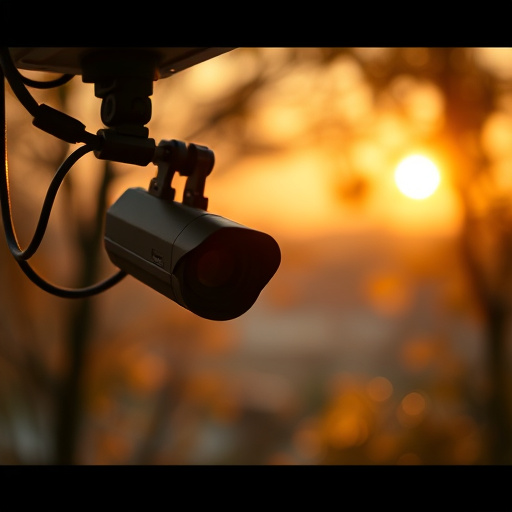Undetectable wireless security cameras offer advanced monitoring with discreet installation, blending seamlessly into surroundings. Network structures ensure robust connectivity, while energy efficiency and encryption safeguard video transmission and privacy. Ethical deployment requires adherence to regulations and balancing security with individual privacy rights in jurisdictions with specific laws governing such devices.
“Uncover the art of covert surveillance with our guide to installing undetectable wireless security cameras. In today’s world, discretion is key, and these innovative devices offer a silent yet powerful tool for monitoring. We explore best practices for network design, ensuring seamless integration without raising suspicion. From understanding cutting-edge technology to navigating ethical boundaries and legal guidelines, this comprehensive overview equips you with the knowledge to implement a covert camera network effectively and responsibly.”
- Understanding Undetectable Wireless Camera Technology
- Network Design for Covert Surveillance Systems
- Ethical Considerations and Legal Guidelines
Understanding Undetectable Wireless Camera Technology
Undetectable wireless security cameras have revolutionized surveillance, offering a discrete and advanced monitoring solution. These innovative devices operate on specialized networks, making them nearly invisible to the naked eye. Their wireless nature allows for easy installation, eliminating the need for complex wiring. However, what sets them apart is their ability to transmit footage without drawing attention, ensuring no visible signs of camera placement.
This technology leverages advanced encryption and compact design, enabling cameras to blend seamlessly into their surroundings. They can be strategically placed in various settings, from homes to businesses, providing constant surveillance while maintaining a subtle presence. Understanding the capabilities and limitations of undetectable wireless security cameras is key to effective installation, ensuring optimal performance and peace of mind for users.
Network Design for Covert Surveillance Systems
When designing a network for covert surveillance systems, the primary goal is to create an unobtrusive and undetectable setup. This involves selecting the right technology, including undetectable wireless security cameras, that blend seamlessly into their surroundings. The network should be structured with care, employing mesh or star topologies to ensure robust connectivity without drawing attention. Each camera node should be strategically placed, utilizing signal repeaters or boosters where necessary, to maintain consistent and high-quality video transmission.
For optimal performance, the network should be designed for low power consumption, using energy-efficient devices and optimizing data transfer rates. Secure communication protocols must be implemented to protect footage from unauthorized access. By integrating advanced encryption techniques and secure connections, you can ensure that the surveillance system remains covert and reliable.
Ethical Considerations and Legal Guidelines
When considering the installation of an undetectable wireless security camera network, it’s crucial to navigate a complex landscape of ethical considerations and legal guidelines. The use of such advanced surveillance technology raises important privacy questions, particularly as it pertains to individual rights and freedoms. It’s essential to understand that while these cameras can offer enhanced security, their deployment must adhere to stringent regulations designed to protect citizens from potential abuses of power.
Many jurisdictions have specific laws governing the installation and use of surveillance equipment, especially when it comes to wireless devices capable of remaining completely hidden. Property owners should be aware of these legal constraints, which often require explicit consent from individuals whose images may be captured, especially in private residences or places where privacy expectations are high. Ethical deployment means striking a delicate balance between security needs and the preservation of personal freedoms, ensuring that any use of undetectable wireless security cameras is both lawful and responsible.
Undetectable wireless security cameras, while offering advanced surveillance capabilities, require careful consideration. Network design plays a crucial role in ensuring effective covert surveillance without raising suspicion. Ethical and legal guidelines must be strictly followed to maintain privacy and avoid legal repercussions. By adhering to best practices outlined in this article, professionals can harness the power of undetectable wireless camera technology responsibly.
